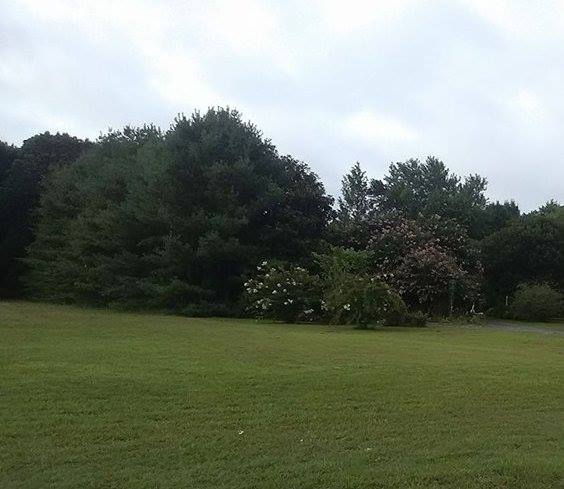|
|
DelMarVa Survival Trainings
Daily Features |
|
|
April 2020
Drinking Assets from a Pine Trees
Joseph Parish
Many years
ago, I attended a survival training
class on “Winter Wild Edibles”.
During the class the instructor
gathered some pine needles from a
near-by tree and proceeded to make
the class a pot of Pine Needle Tea.
From these humble beginnings
experienced at Killen’s Pond State
Park in Delaware, I have since
enjoyed this great beverage when I
can.
Naturally,
as with gathering any sort of wild
plants it should be determined
without a doubt that the plant is
not poisonous or dangerous in any
way. To forgo this basic rule would
result in sickness and possibly
death. An example of the dangers
present would be the ever-dreaded
plant Poison Ivy. This plant is a
vine and travels up the side of a
tree and is likely to be found in
different colors according to the
season. In autumn its leaves will
likely turn yellow, and begin to
drop off. The vine will still remain
and the poison will be held within
that vine even if no leaves are
attached. This is a common hazardous
plant which is found everywhere in
Delaware, and normally may have as
many as 20 leaves although in the
winter time its twig may be seen
sticking up from the ground with no
leaves, the twig itself is still
poisonous. With this in mind always
pay attention to what plants may be
growing on the trees you select. So
far, we have been lucky as I travel
around my three acres, I have not
noticed any Poison Ivy.
Remember
"Leaves of three Let it be"

One of the
requirements which I set for my
homestead has been the planting of
several pine trees. We were
fortunate with this home purchase as
there are a few fully grown trees on
our property. This means I have an
endless supply of Pine Needle Tea.
You can buy commercial packaged tea
in some grocery stores or through
Amazon, however, it is rather
costly. I bought one box a couple of
years ago and it cost me $14.95 for
25 tea bags.

The White
Pine Tree is a large towering tree
native to the eastern section of
North America. It can be found from
as far north as Newfoundland and as
far south as the Mississippi Basin.
It is also commonly called white
pine, northern white pine or soft
pine. In a mixed forest this tree
will tower over all others. It
provides both food and shelter for
forest birds and small mammals such
as squirrels.
The leaves
or needles are in bundles of five
with a deciduous sheath. They are
flexible, bluish-green, finely
serrated, and 2 - 5 inches long and
persist usually about 18 months. The
cones are slender 3 - 6 inches long
(rarely longer than that) and 1.5 -
2 inches broad when open and have
scales with a rounded apex. The
seeds are 3/16 inches long.

Eastern
white pine needles contain five
times the amount of Vitamin C as do
lemons and make an excellent drink.
The cambium of the tree is also
edible. The Ojibwe Indians enjoyed
the young cones in a stew with some
meat. The seeds of the tree are
sweet and nutritious.
One of the
features offered by the pine tree is
the drink made from the pine
needles. For those of you who may be
new to this type of survival you can
make a safe and simple tea from the
common Pine trees which grow in the
woods and forests. Pine Needle Tea
has long been a favorite of
traditional and indigenous peoples
for not only its refreshment value,
but, for its medicinal benefits as
well.
As we
mentioned above, Pine Needle Tea
contains five times the Vitamin C of
fresh-squeezed orange juice or
lemons and is high in Vitamin A. Not
only does it taste good but it's
good for you also. Each pine variety
has its own specific taste so you
may wish to experiment and see which
needles you like best. Always
remember that while all Pines may be
evergreens, not all evergreens are
Pines.
Start by
collecting a small bundle of green
needles. (A small handful will be
plenty.) Remove any of the brown,
papery sheaths that may remain at
the base of the needles by pulling
it off. You can leave them whole or
you can chop the needles into small
bits of about ¼ to ½ inch long.
Heat a cup
of water to just before its boiling
point. Pour the hot water over about
a tablespoon of the chopped needles.
Allow to steep covered for 10
minutes while the majority of the
needles settle to the bottom of the
cup. Now enjoy your tea.
With the
cold and flu season in effect at
this time, the Pine Needle Tea is a
gift of health as well as an
enjoyable experience. Since Pine is
best used fresh it is a perfect
excuse to get out and enjoy the
change of seasons. | 